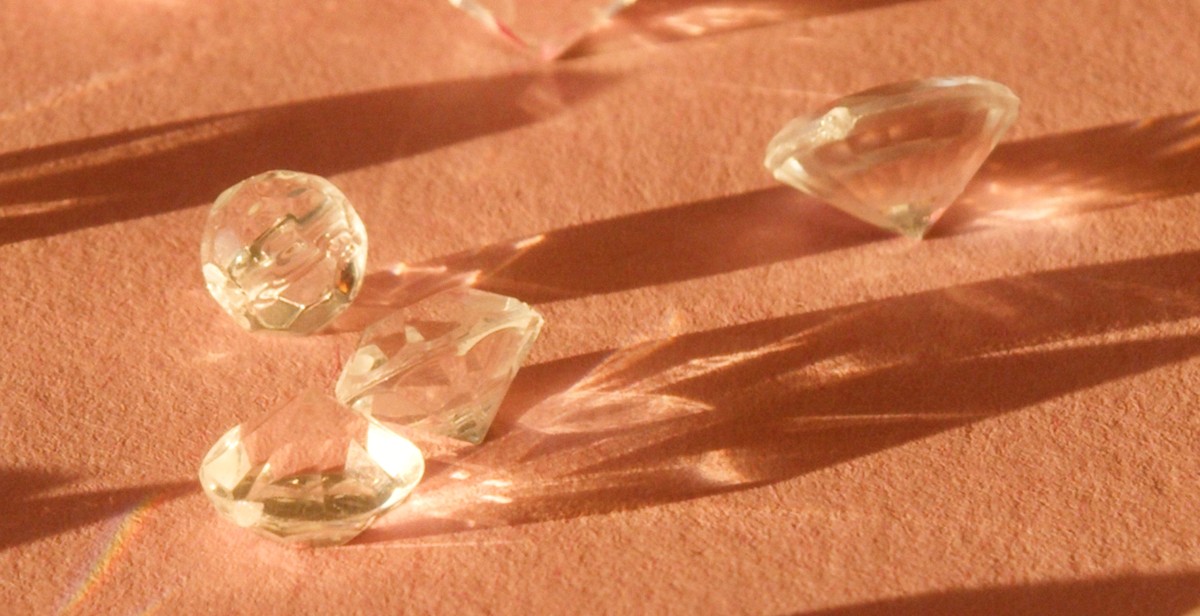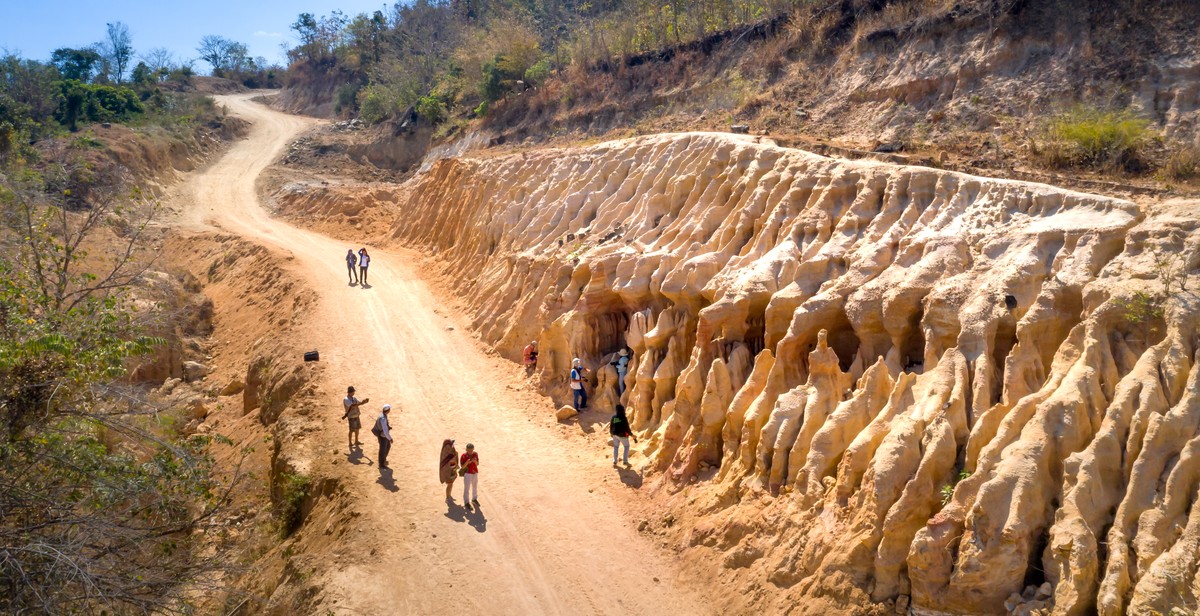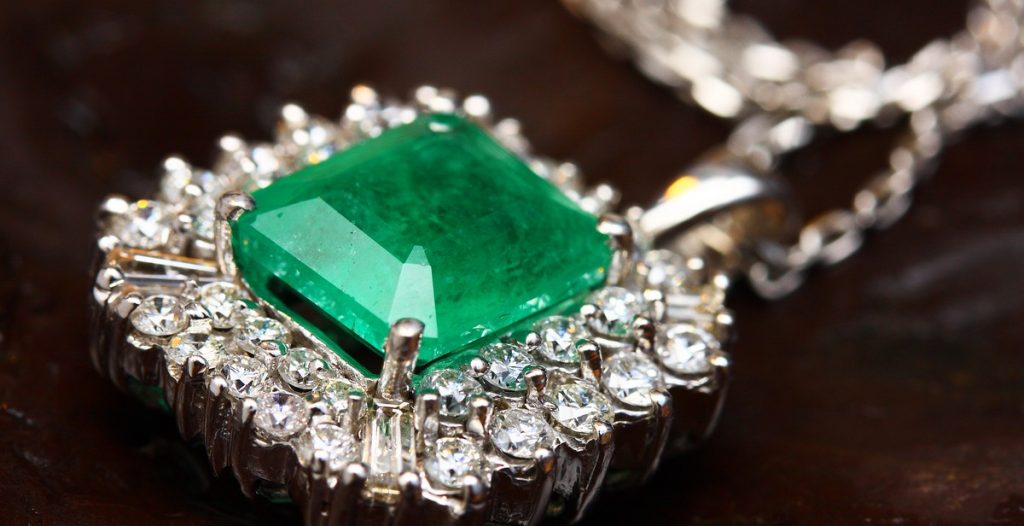Introduction: Understanding Diamonds
Diamonds are one of the most coveted and valuable gemstones in the world. They are known for their brilliance, durability, and rarity. Diamonds are formed deep within the earth’s mantle over millions of years, where extreme heat and pressure cause carbon atoms to crystallize into the iconic, sparkling gemstone we know and love.
However, in recent years, a new type of diamond has emerged on the market: lab-grown diamonds. These diamonds are created in a laboratory, using advanced technology to replicate the natural diamond formation process. While lab-grown diamonds share many of the same physical and chemical properties as natural diamonds, there are some key differences between the two.
The Purpose of the Article
In this article, we will explore the differences between lab-grown diamonds and natural diamonds, including their formation processes, physical and chemical properties, and market value. We will also discuss the pros and cons of each type of diamond, and provide guidance for consumers who are considering purchasing a diamond for an engagement ring, wedding band, or other special occasion.

Natural Diamonds
Natural diamonds are formed deep within the Earth’s mantle, under extreme heat and pressure, over millions of years. They are composed of carbon atoms arranged in a crystal lattice structure, giving them their unique properties and beauty.
Formation of Natural Diamonds
The formation of natural diamonds begins with carbon being exposed to high pressure and temperature, typically at depths of 140 to 190 kilometers within the Earth’s mantle. This process is known as diamond crystallization and can take millions of years to complete.
Volcanic eruptions can bring diamonds closer to the Earth’s surface, where they can be mined. However, most diamonds remain deep within the Earth and can only be accessed through mining.
Characteristics of Natural Diamonds
Natural diamonds are known for their unique characteristics, including their color, clarity, cut, and carat weight. These factors determine a diamond’s overall value and are used to classify diamonds on the diamond grading scale.
Colorless diamonds are the most valuable and rarest, while diamonds with a yellow or brown tint are less valuable. Clarity refers to the presence of internal and external flaws, with flawless diamonds being the rarest and most valuable. Cut refers to the diamond’s shape and how well the diamond reflects light, while carat weight refers to the diamond’s size and weight.
Mining of Natural Diamonds
Natural diamonds are typically mined from kimberlite pipes, which are volcanic rock formations that can contain diamonds. The mining process involves drilling into the kimberlite pipe and extracting the ore, which is then processed to extract the diamonds.
The mining process can have a negative impact on the environment, as it can cause soil erosion, deforestation, and the displacement of wildlife. However, many diamond mining companies have implemented sustainable mining practices to minimize their environmental impact.
| Pros | Cons |
|---|---|
| Unique and rare | Expensive |
| Symbol of love and commitment | Potential for conflict diamonds |
| Long-lasting and durable | Environmental impact of mining |
Despite the potential drawbacks, natural diamonds continue to be a popular choice for engagement rings and other jewelry due to their unique beauty and symbolism.

Lab-Grown Diamonds
Lab-grown diamonds, also known as synthetic or man-made diamonds, are created in a laboratory setting using advanced technological processes that simulate the natural conditions required for diamond formation. The result is a diamond that has the same chemical, physical, and optical properties as a natural diamond.
Formation of Lab-Grown Diamonds
Lab-grown diamonds are formed using two main methods: High Pressure High Temperature (HPHT) and Chemical Vapor Deposition (CVD). HPHT involves mimicking the high pressure and high temperature conditions found deep within the Earth’s mantle where natural diamonds are formed. CVD, on the other hand, involves using a gas mixture to grow diamonds on a substrate.
Characteristics of Lab-Grown Diamonds
Lab-grown diamonds have the same physical, chemical, and optical properties as natural diamonds. They are graded on the same 4Cs scale: carat weight, cut, color, and clarity. However, lab-grown diamonds can be produced in a variety of colors, including pink, yellow, and blue, which are rare in natural diamonds.
Production of Lab-Grown Diamonds
Lab-grown diamonds are produced using advanced technology and equipment in a controlled laboratory environment. The process involves creating the ideal conditions for diamond formation, such as high pressure and high temperature, and using a carbon source to grow the diamond crystal. The resulting diamonds are then cut and polished to the desired shape and size.
Price Comparison between Lab-Grown and Natural Diamonds
Lab-grown diamonds are typically 20-30% less expensive than natural diamonds of the same quality. This is because the production process for lab-grown diamonds is more efficient and less costly than mining and extracting natural diamonds from the Earth. Additionally, lab-grown diamonds are not subject to the same supply and demand forces that affect the price of natural diamonds.
| Diamond Type | Average Price per Carat |
|---|---|
| Natural Diamond | $5,000 – $6,000 |
| Lab-Grown Diamond | $3,500 – $4,500 |
Overall, lab-grown diamonds offer a more affordable and sustainable option for those seeking high-quality, beautiful diamonds without the environmental and ethical concerns associated with natural diamond mining.

Environmental Impact
Environmental Impact of Natural Diamond Mining
Natural diamond mining has a significant environmental impact. It involves the excavation and removal of large amounts of soil and rock, which can cause soil erosion and deforestation. The use of heavy machinery and explosives in mining also contributes to air and water pollution. In addition, mining can disrupt wildlife habitats and cause the displacement of indigenous communities.
Furthermore, natural diamond mines require a lot of energy to operate, which contributes to greenhouse gas emissions and climate change. The production of a single carat of natural diamonds can generate up to 3.1 tonnes of CO2 emissions.
Environmental Impact of Lab-Grown Diamond Production
The environmental impact of lab-grown diamond production is significantly lower than that of natural diamond mining. Lab-grown diamonds are created in a controlled environment using advanced technology and do not require the excavation of large amounts of soil and rock.
Lab-grown diamond production also uses less water and energy compared to natural diamond mining. The energy used in lab-grown diamond production is mostly from renewable sources, which reduces greenhouse gas emissions and the carbon footprint of the industry.
However, lab-grown diamond production still has some environmental impact. The production process requires the use of chemicals and generates waste, which can contribute to air and water pollution if not properly managed.
| Natural Diamond Mining | Lab-Grown Diamond Production | |
|---|---|---|
| Soil & Rock Excavation | High | Low |
| Water Usage | High | Low |
| Energy Usage | High | Low |
| Greenhouse Gas Emissions | High | Low |
| Chemical Usage | N/A | Low |
| Waste Generation | High | Low |
Overall, lab-grown diamonds have a lower environmental impact compared to natural diamonds. However, it is important to note that lab-grown diamond production still has some environmental impact and should be managed responsibly.
Conclusion
After comparing the characteristics of lab-grown and natural diamonds, it is clear that lab-grown diamonds are a viable alternative to natural diamonds. While natural diamonds have been the traditional choice for engagement rings and other fine jewelry, lab-grown diamonds offer a more sustainable and ethical option.
Lab-grown diamonds are identical in terms of their physical, chemical, and optical properties to natural diamonds, but they are created in a controlled environment rather than being mined from the earth. This means that lab-grown diamonds have a much smaller environmental impact and do not contribute to the exploitation of diamond miners.
Furthermore, lab-grown diamonds are often more affordable than natural diamonds, making them a more accessible option for consumers. As technology continues to improve, it is likely that the quality and availability of lab-grown diamonds will only increase.
Ultimately, the choice between a lab-grown and natural diamond comes down to personal preference and values. For those who prioritize sustainability and ethical sourcing, lab-grown diamonds are an excellent choice. For those who value the rarity and natural beauty of a diamond formed over millions of years, a natural diamond may be the preferred choice.
Regardless of which type of diamond is chosen, it is important to purchase from a reputable jeweler who can provide certification and guarantee the quality of the diamond.

